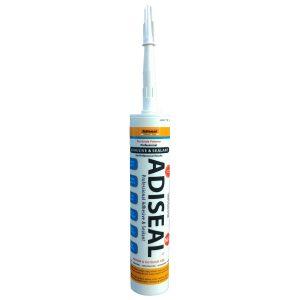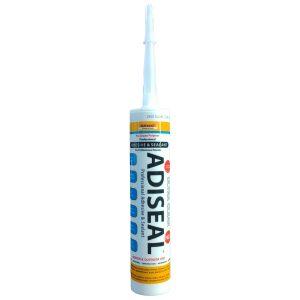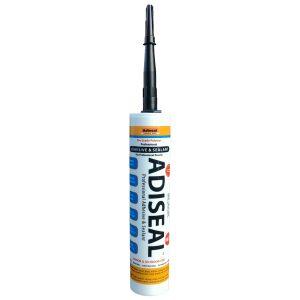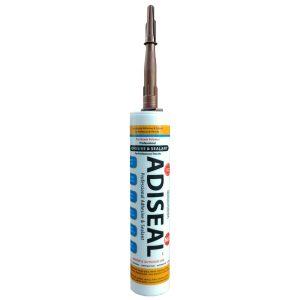Plastic Sealant
Plastic Sealant: Enhancing Durability and Protection
Plastic sealant is a versatile product that plays a crucial role in enhancing the durability and protection of various plastic surfaces and applications. Whether you’re working on DIY projects or industrial applications, a high-quality plastic sealant provides a reliable solution for sealing, bonding, and protecting plastic materials. In this article, we will delve into the benefits, applications, and tips for using plastic sealant effectively, helping you achieve long-lasting and secure results.

Understanding Plastic Sealant
Plastic sealant is a specialized adhesive and protective coating designed specifically for use on plastic surfaces. It offers several advantages that make it an indispensable tool for different projects:
1. Sealing and Protection:
– Forms a protective barrier that prevents moisture, dirt, and other contaminants from penetrating the plastic surface.
– Protects against UV rays, chemicals, and environmental factors that can cause discoloration, degradation, or damage.
2. Versatility:
– Compatible with a wide range of plastic materials, including PVC, acrylic, polycarbonate, and more.
– Suitable for both indoor and outdoor applications, making it a versatile choice for various projects.
3. Flexibility and Durability:
– Maintains flexibility even after curing, allowing for natural movements and expansion of the plastic without compromising the seal.
– Provides long-lasting durability, ensuring the integrity and longevity of the sealed surfaces.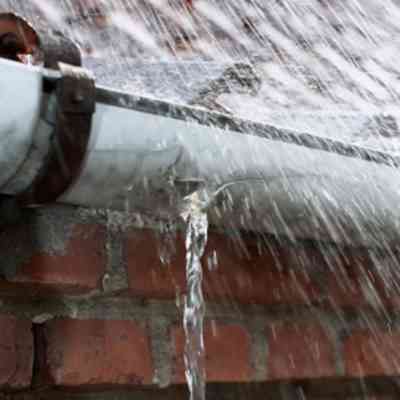
Applying Plastic Sealant
To achieve optimal results when using plastic sealant, consider the following application tips:
1. Surface Preparation:
– Clean the plastic surface thoroughly to remove dust, dirt, and oils that can interfere with adhesion.
– Use a mild detergent or plastic cleaner, followed by a rinse and dry.
2. Application Techniques:
– Apply the product evenly and smoothly using a caulking gun, brush, or applicator.
– Follow the manufacturer’s instructions regarding the recommended thickness and curing time.
3. Curing and Drying:
– Allow the sealant to cure completely based on the product’s instructions before subjecting it to any stress or exposure.
– Keep in mind that curing times may vary depending on factors such as temperature and humidity.
Conclusion
Plastic sealant is a valuable product that provides essential sealing, bonding, and protective properties for plastic surfaces. Its versatility, flexibility, and durability make it a go-to solution for various applications. Whether you need to seal plastic joints, protect against moisture, or enhance the lifespan of plastic materials, a high-quality product can deliver reliable results. By following proper surface preparation and application techniques, you can ensure a secure and long-lasting seal. Invest in a reputable plastic sealant and unlock the full potential of your plastic projects, knowing that you have enhanced their durability and protection.
Showing all 5 resultsSorted by popularity
